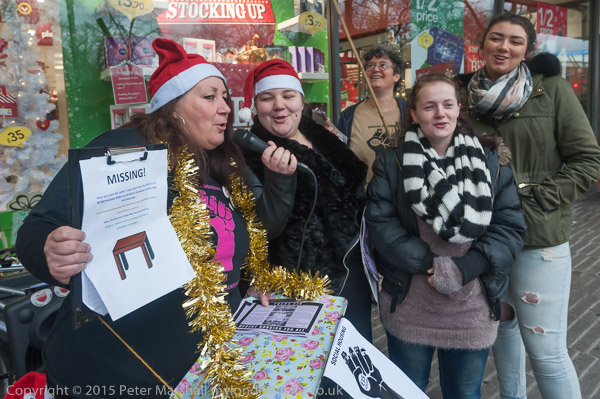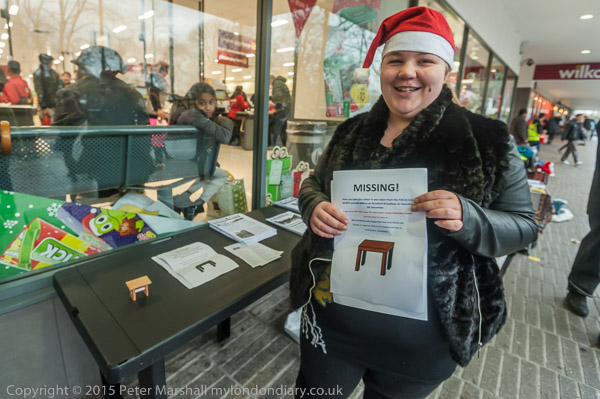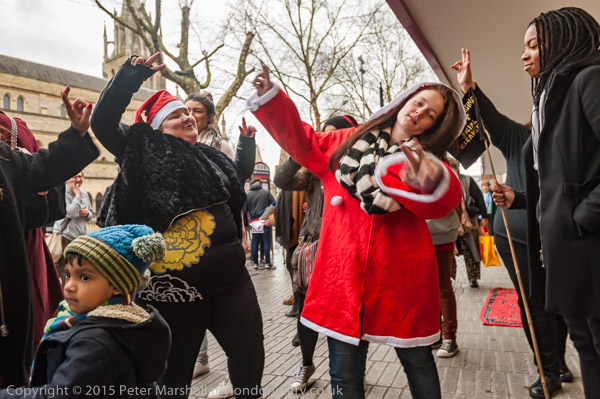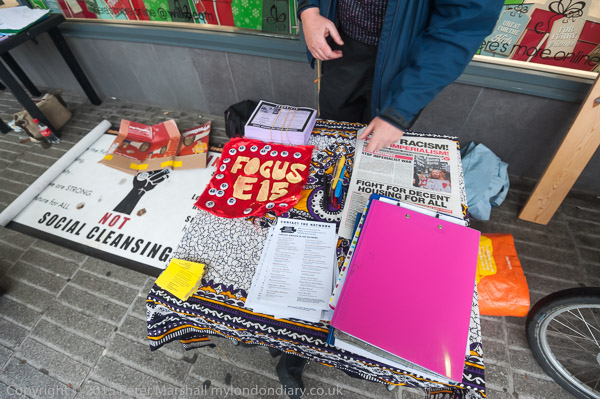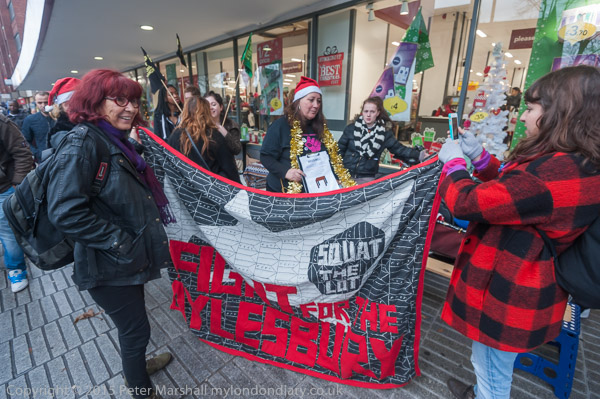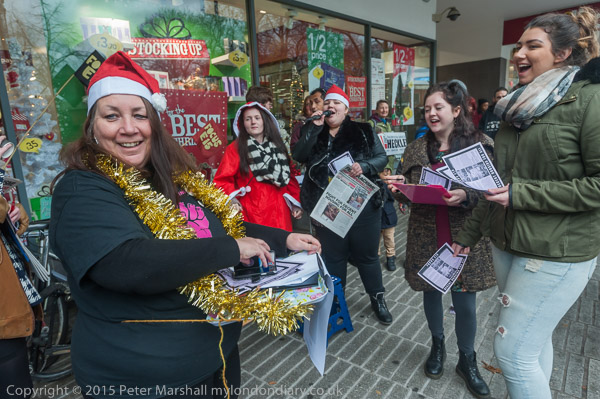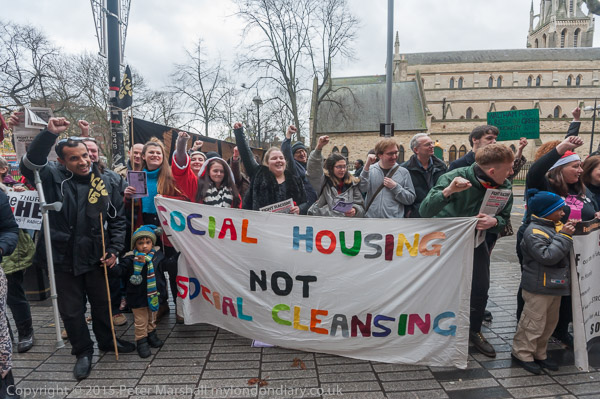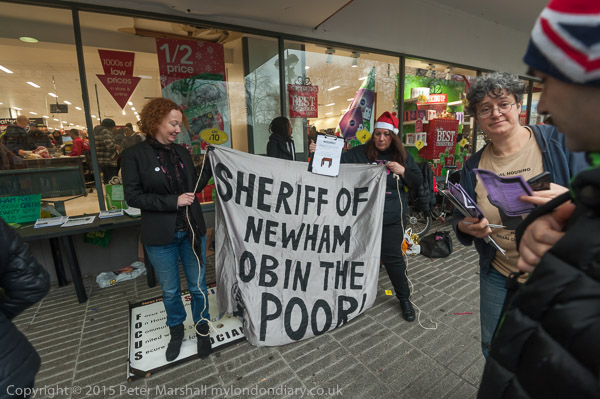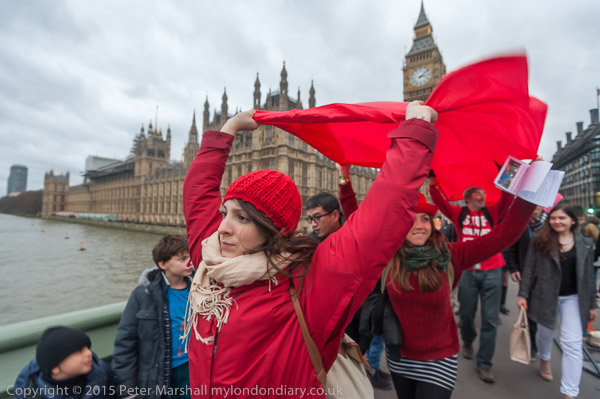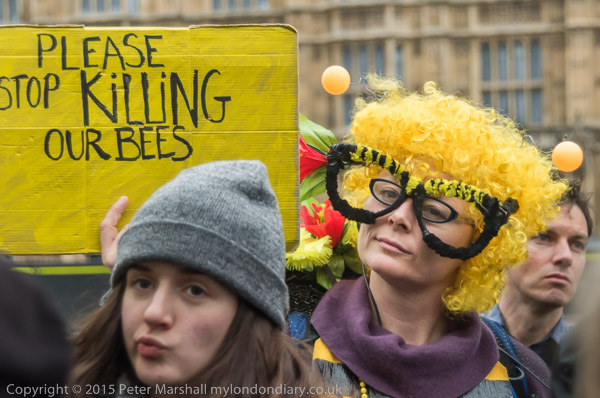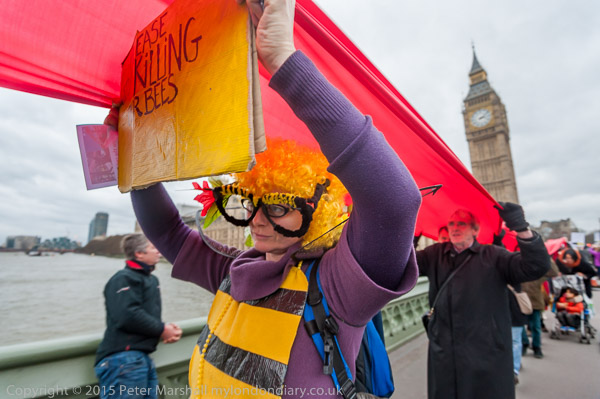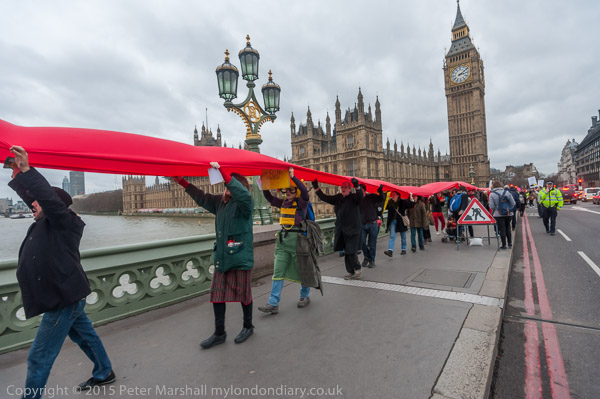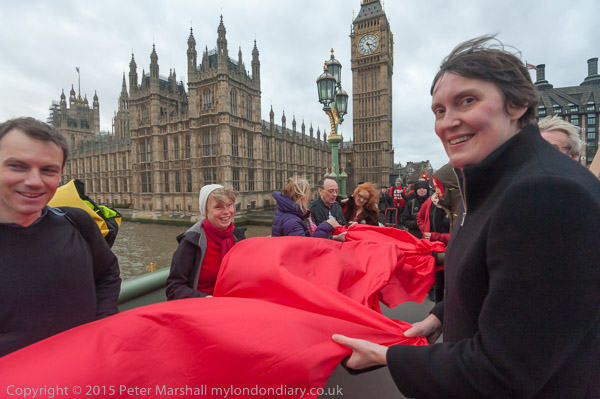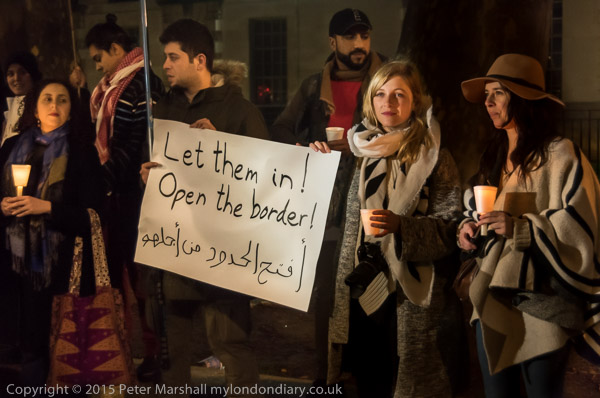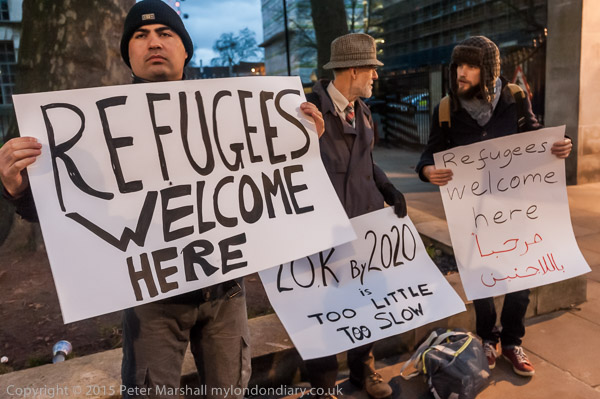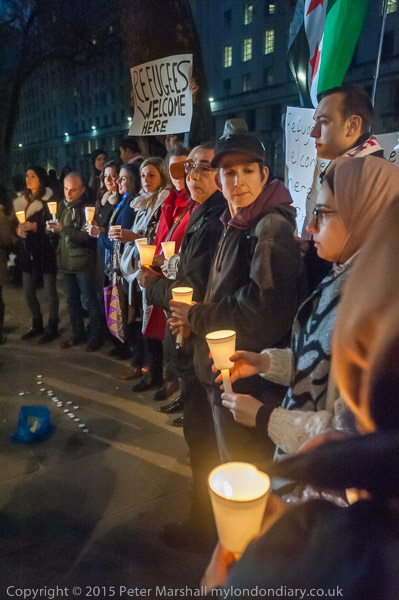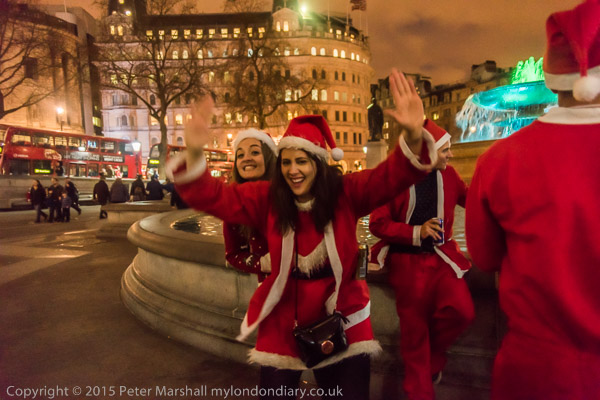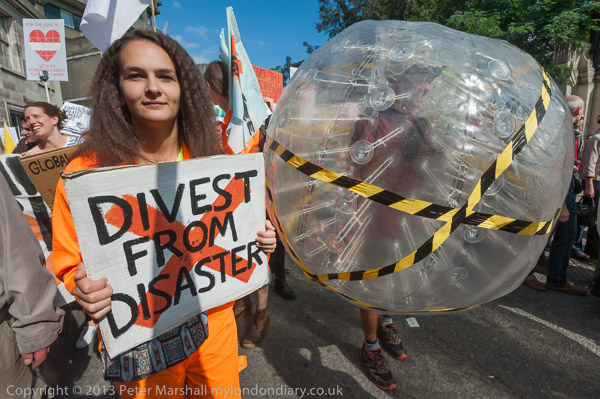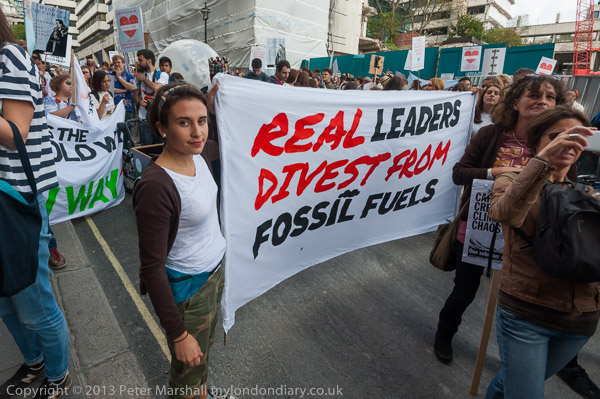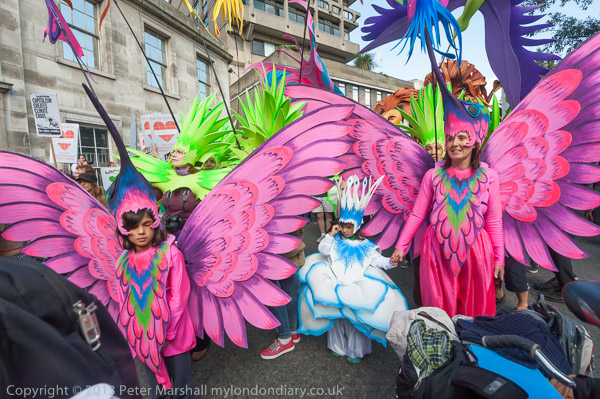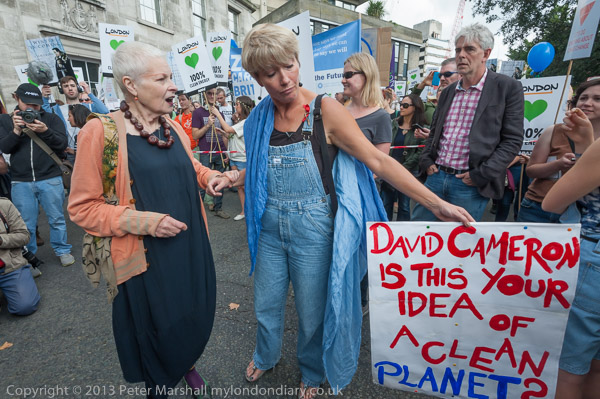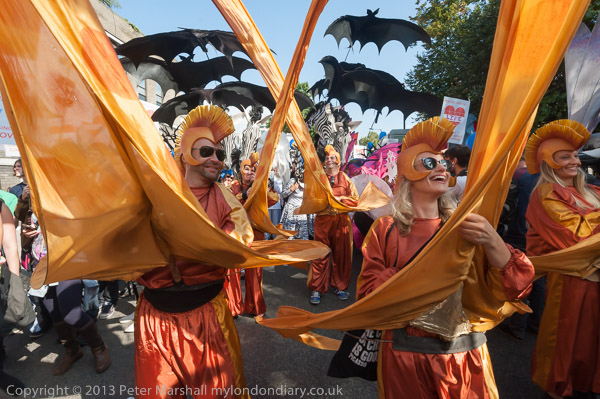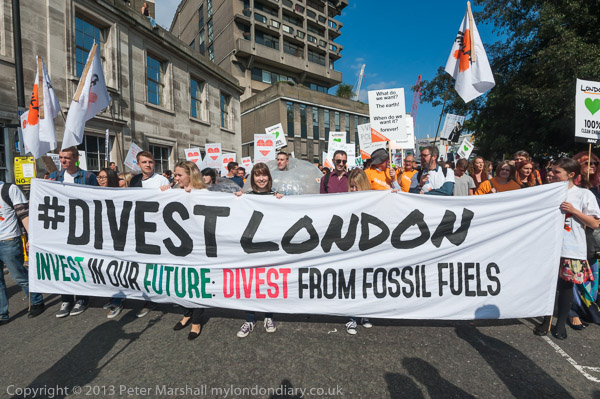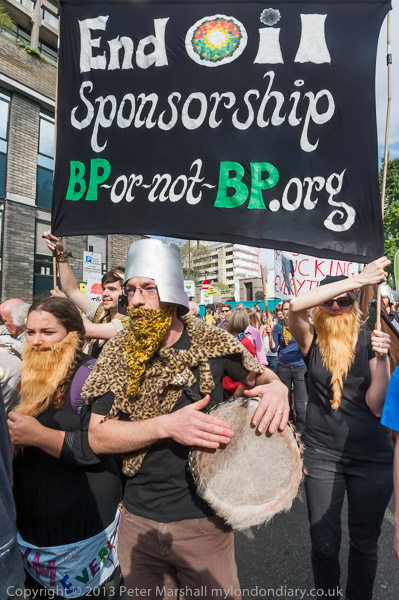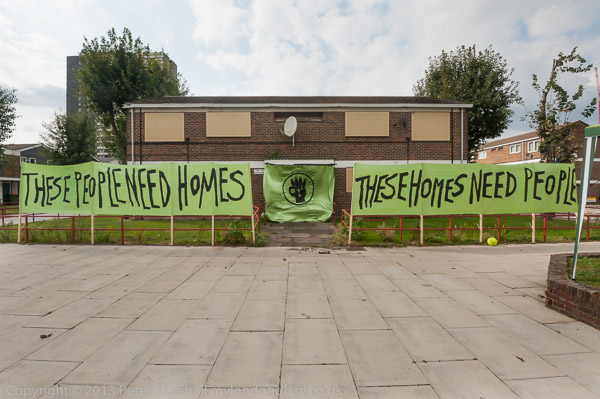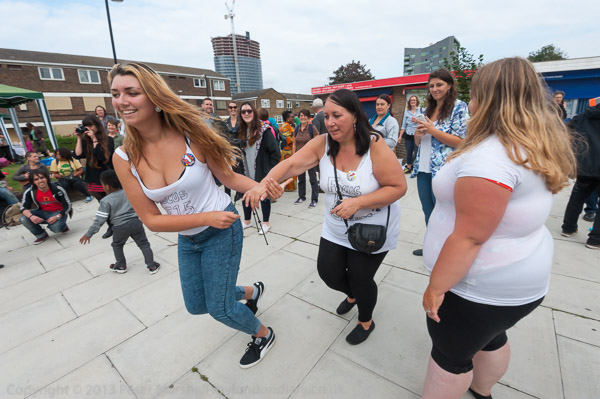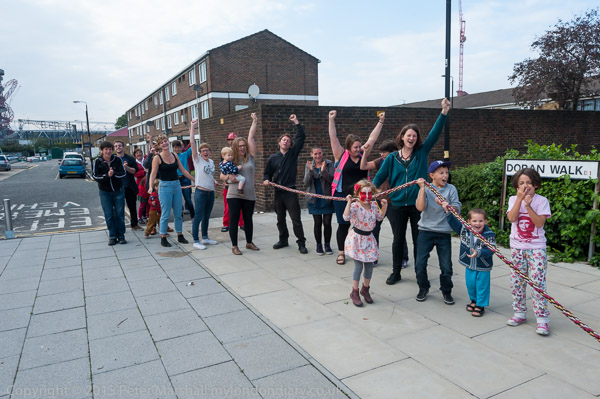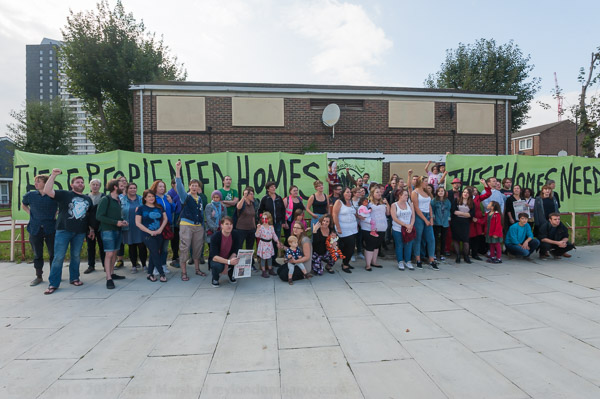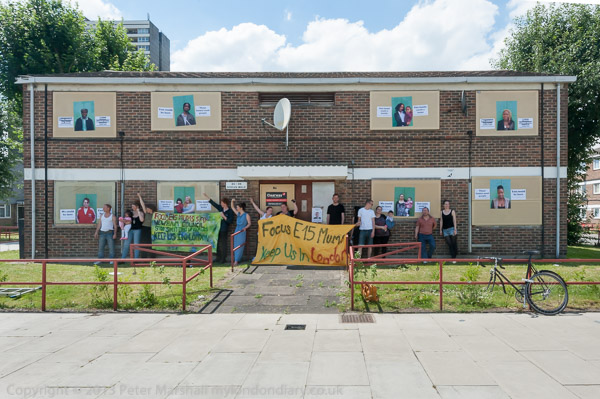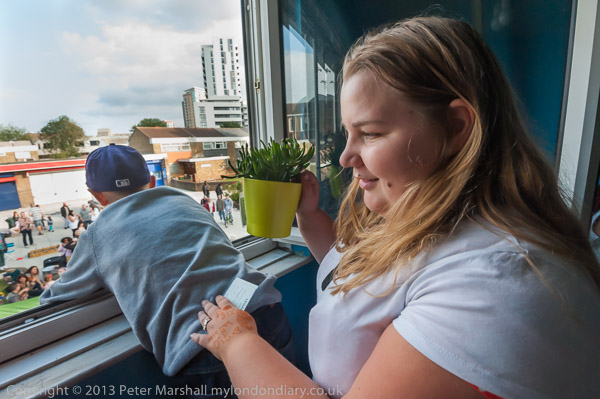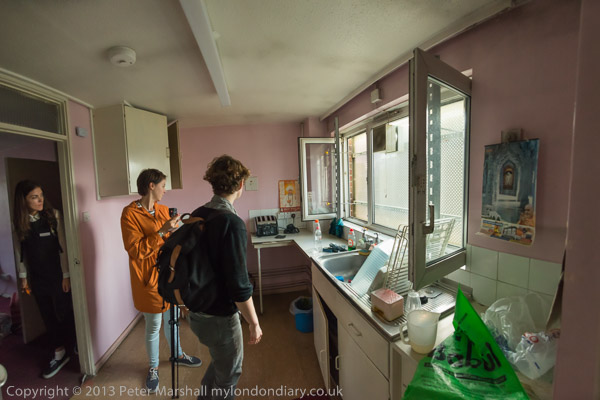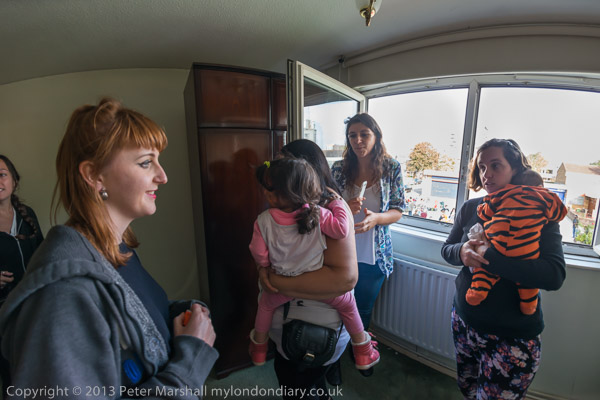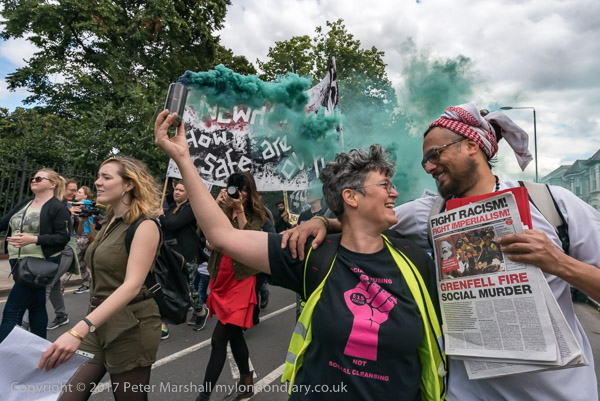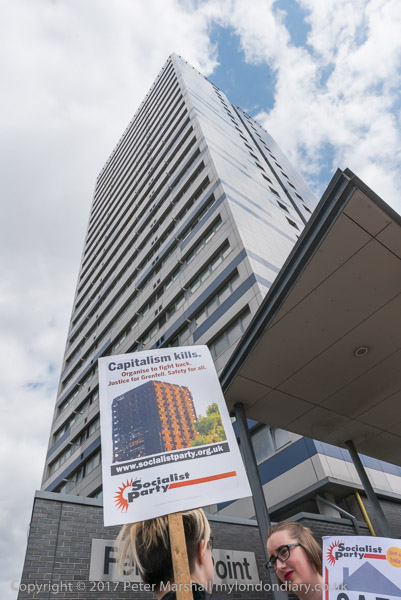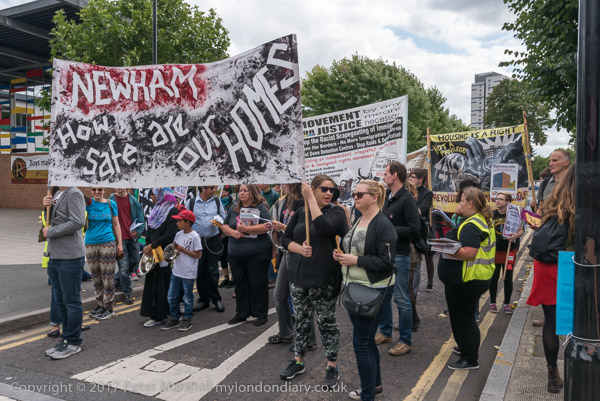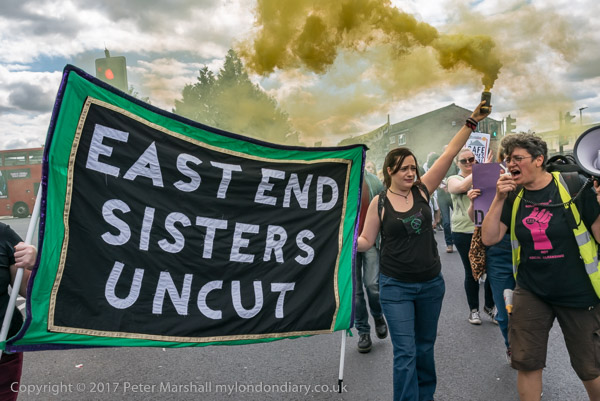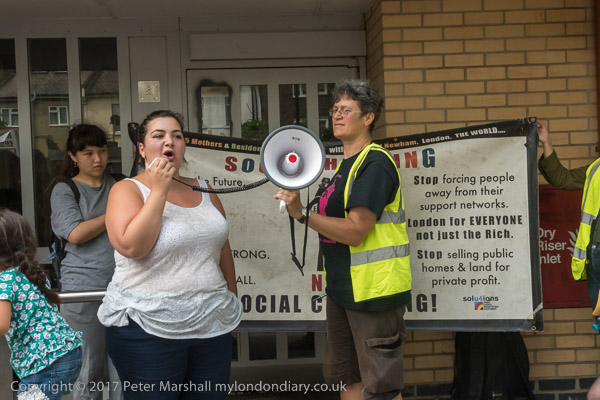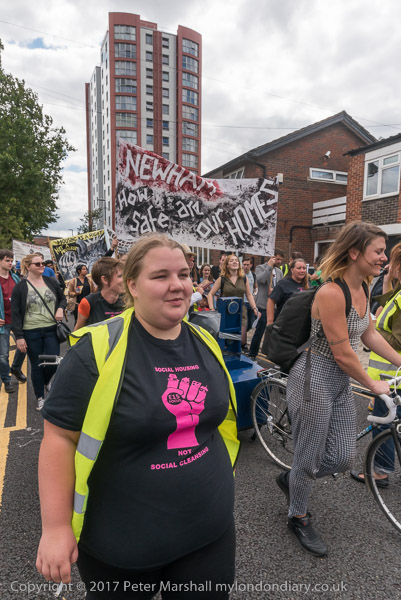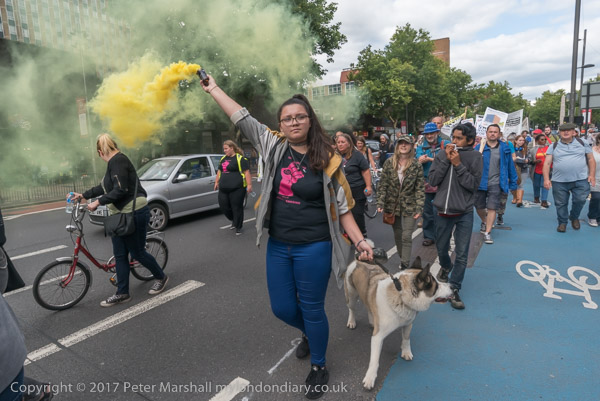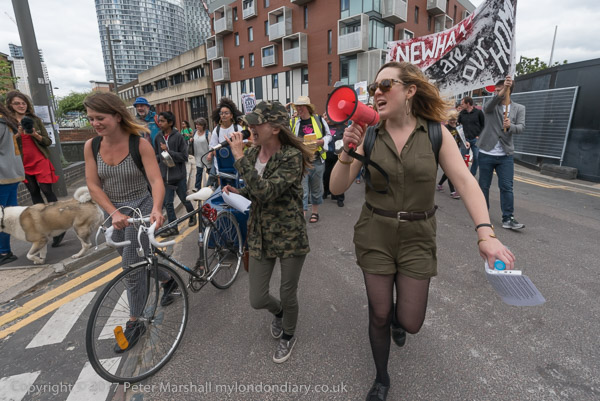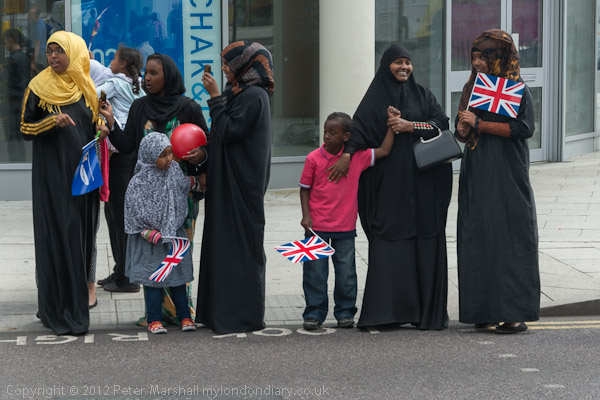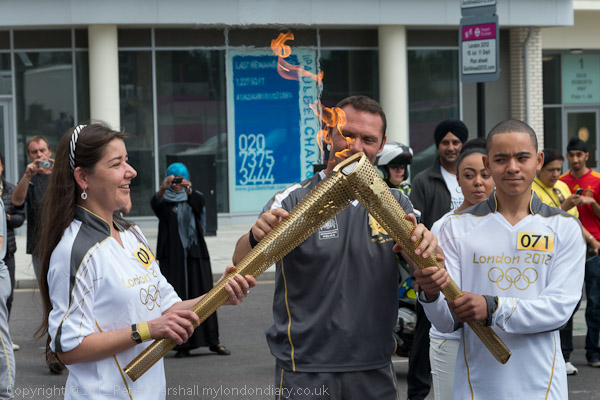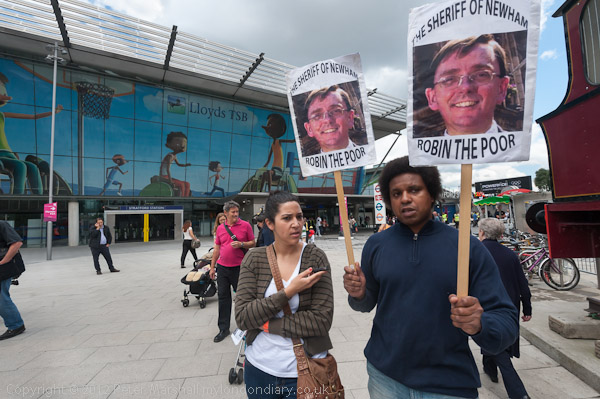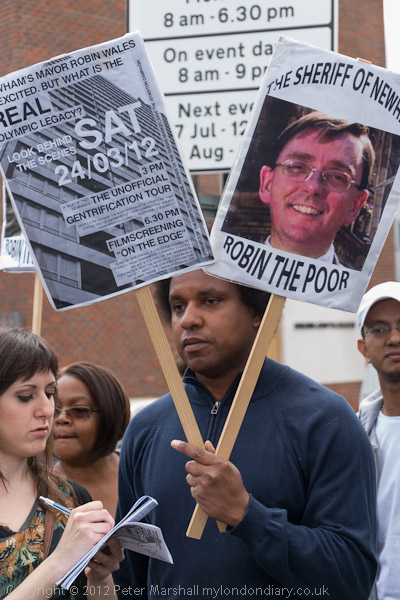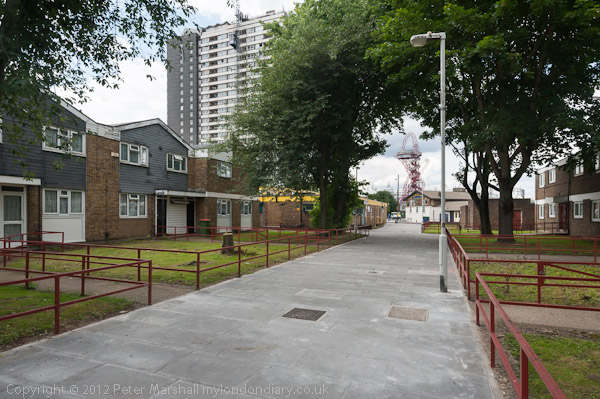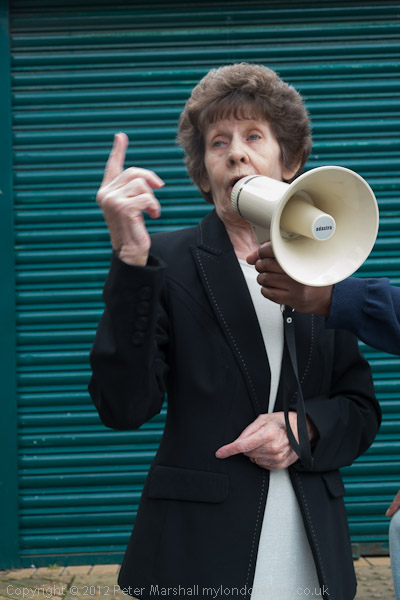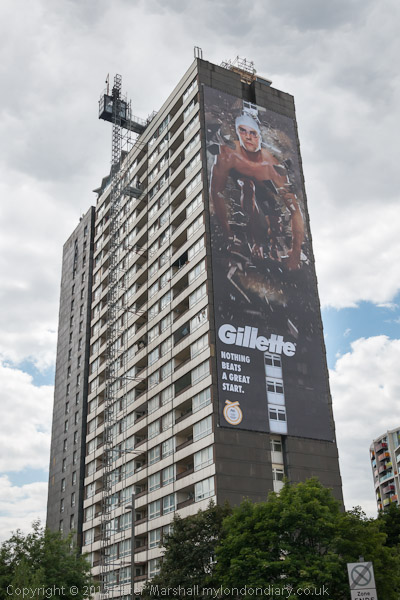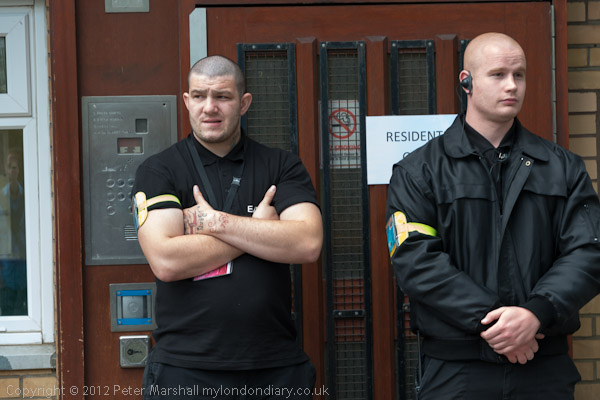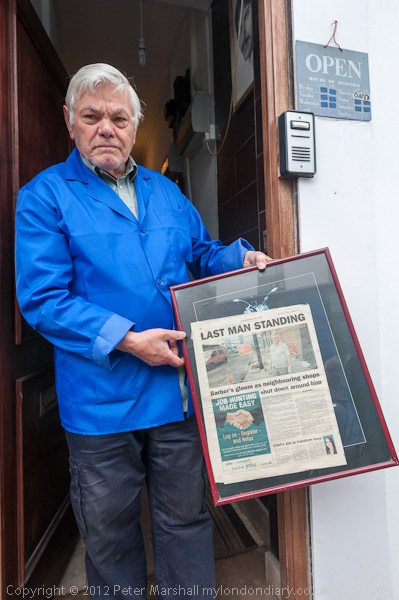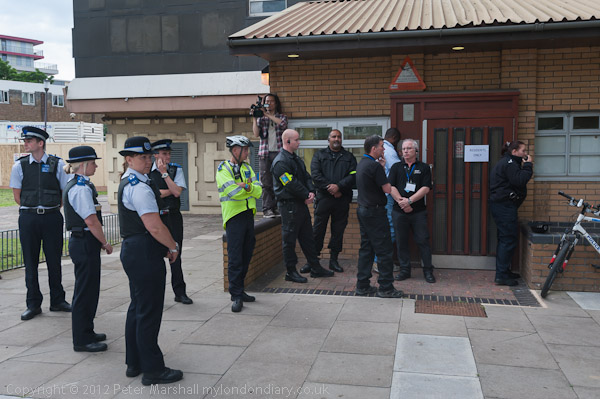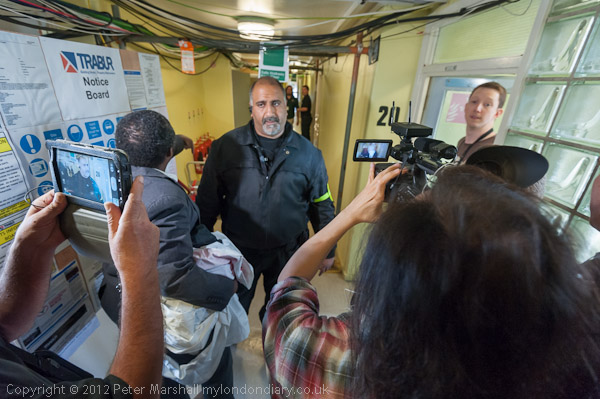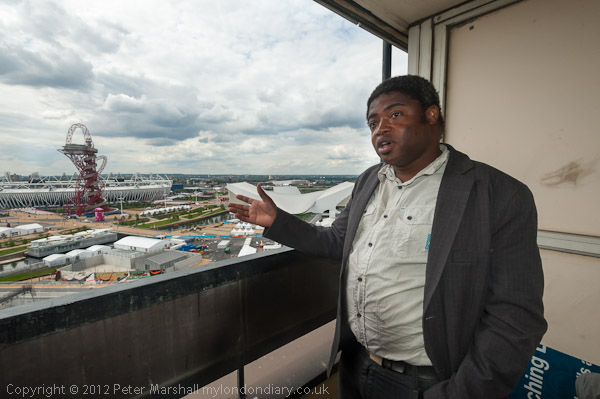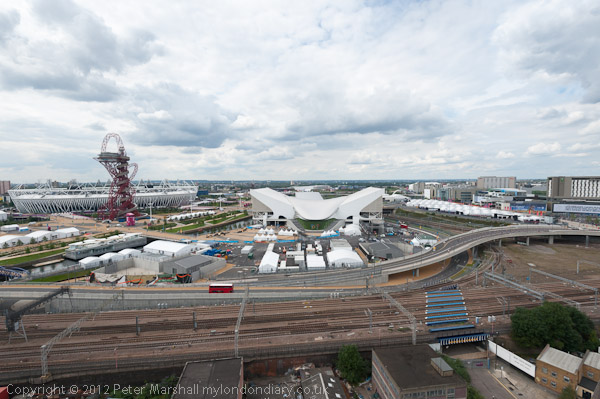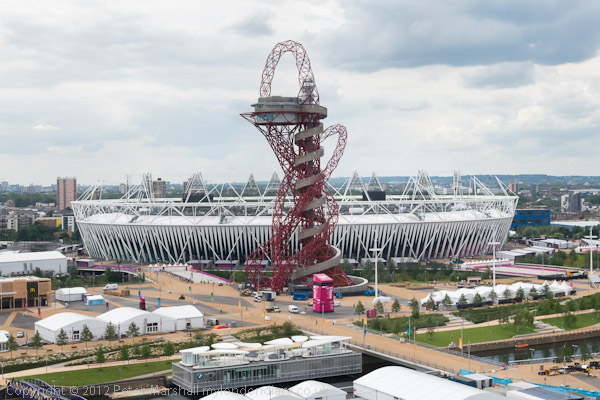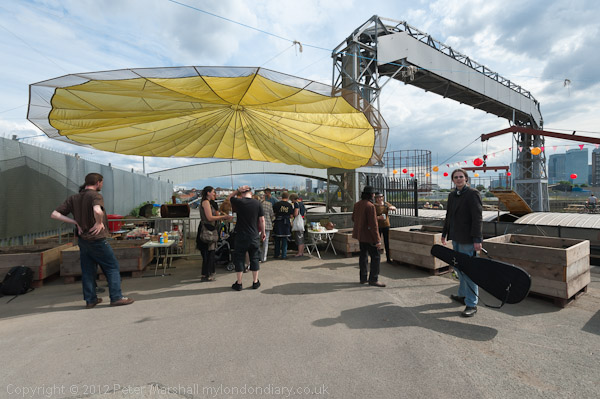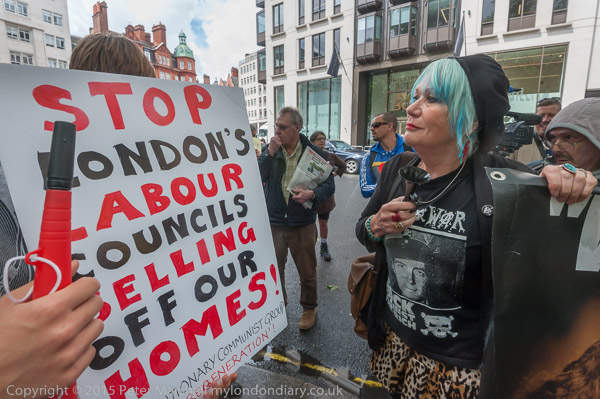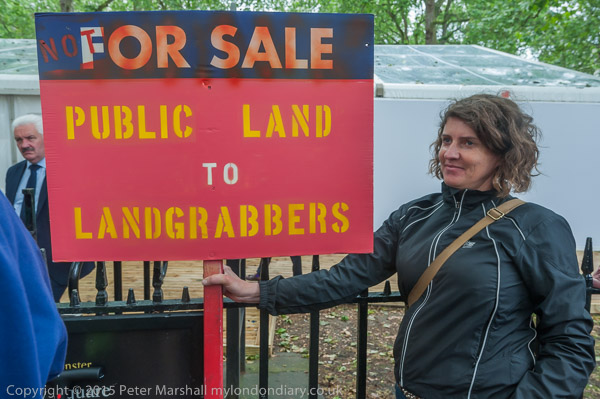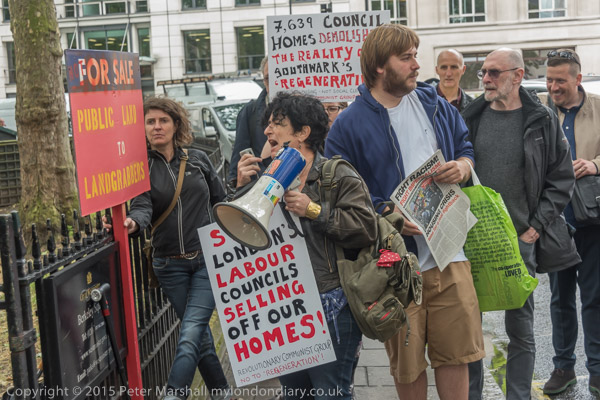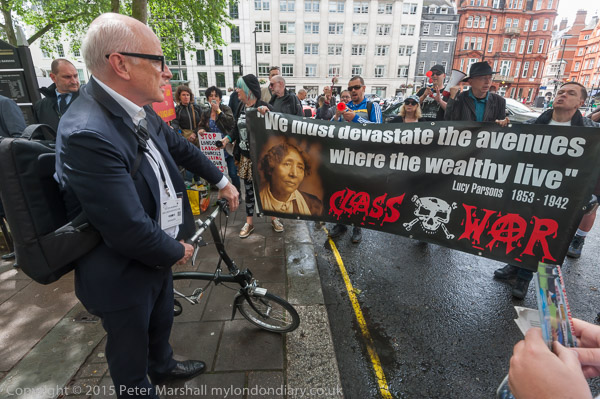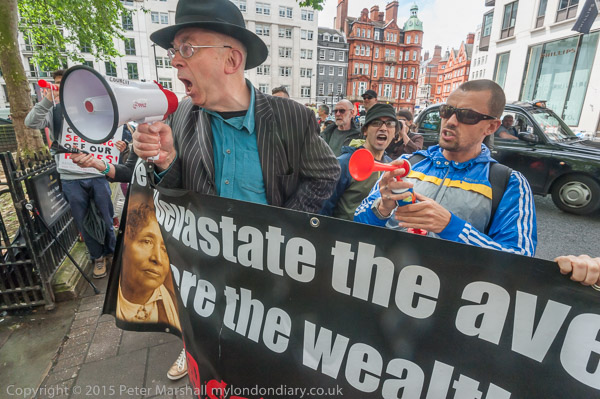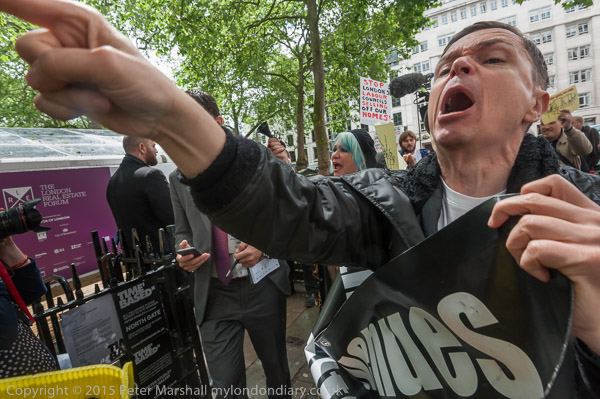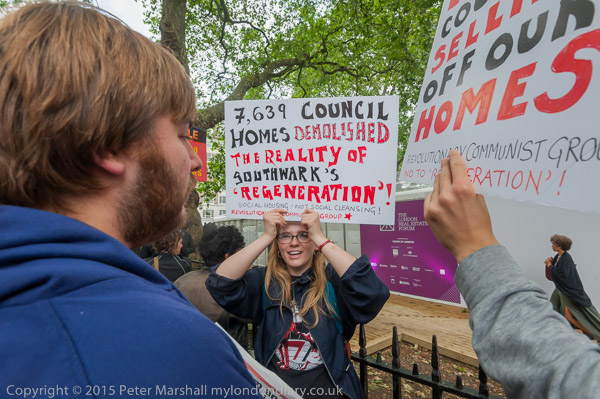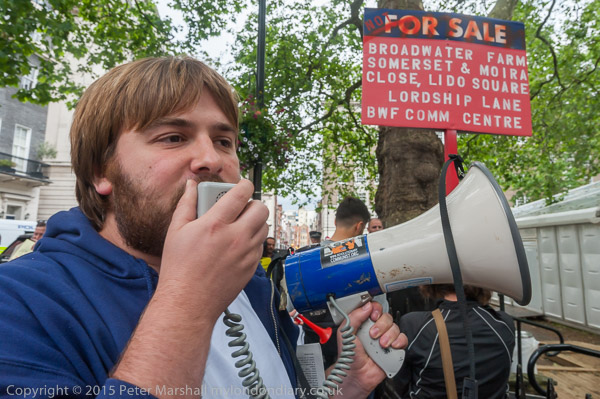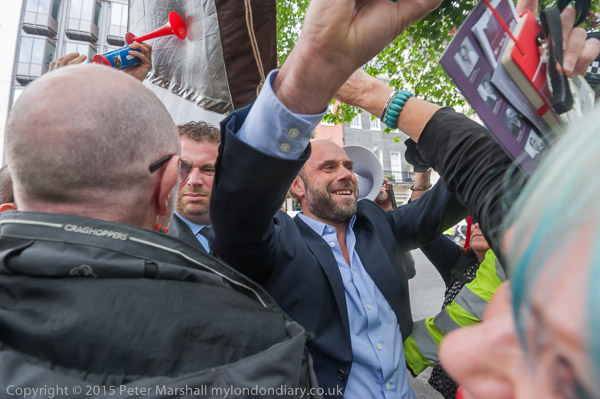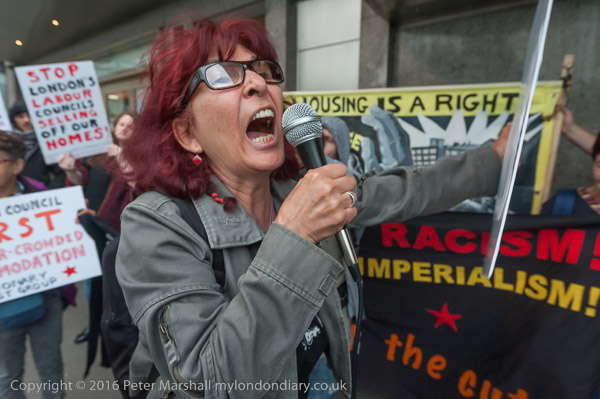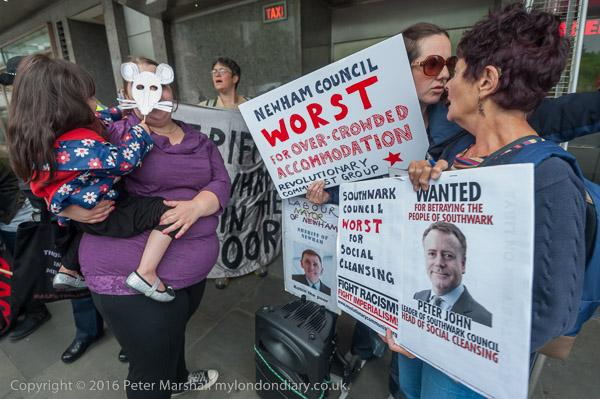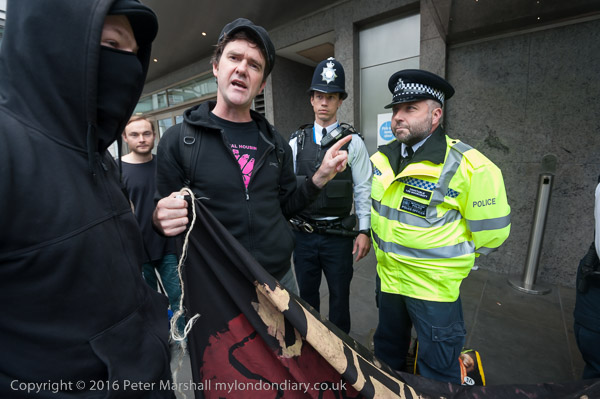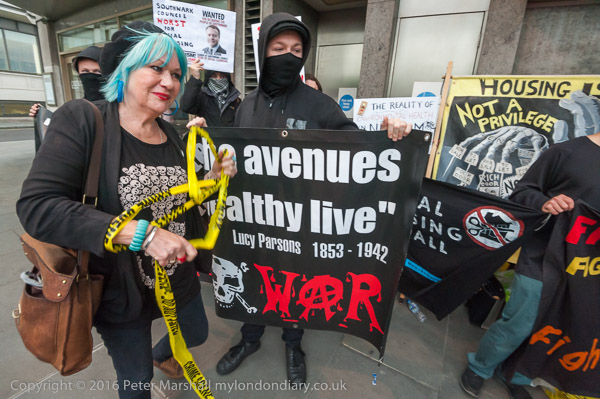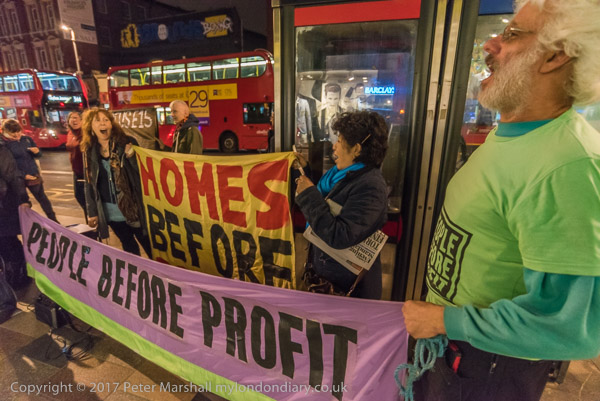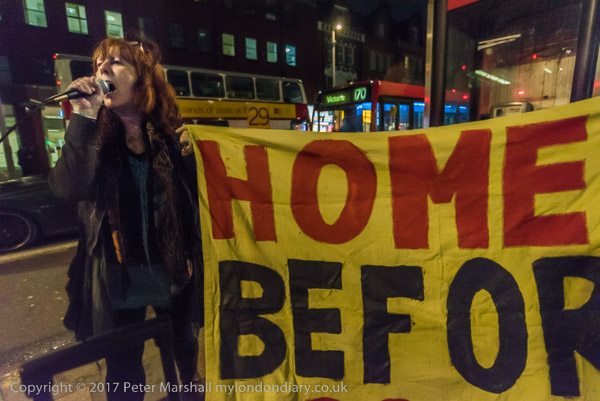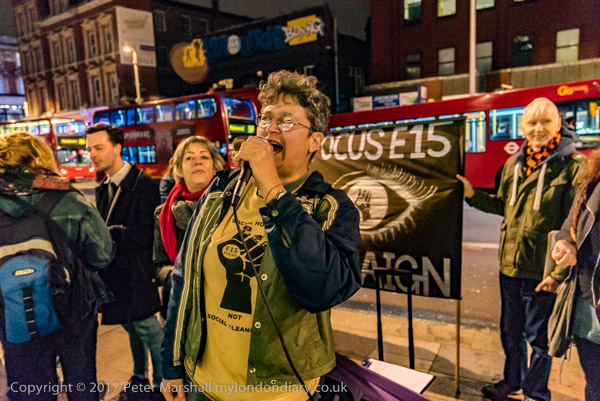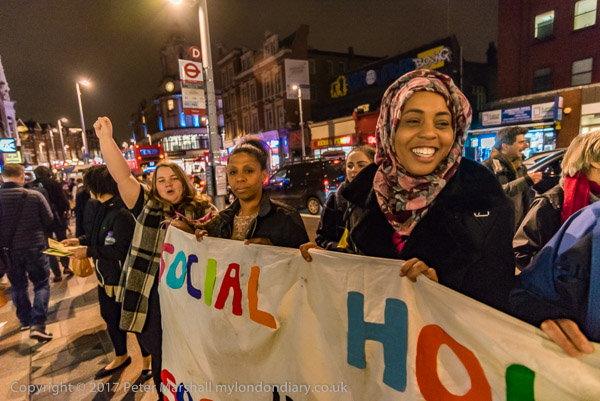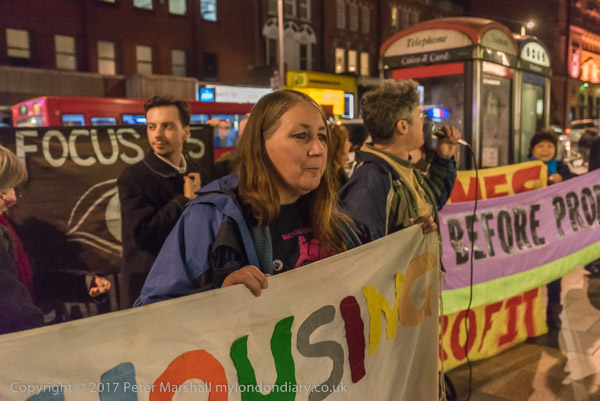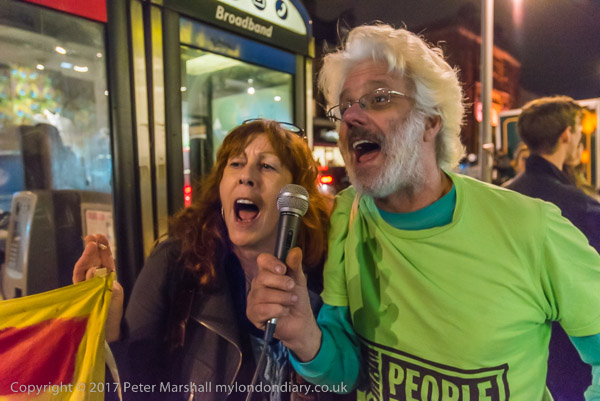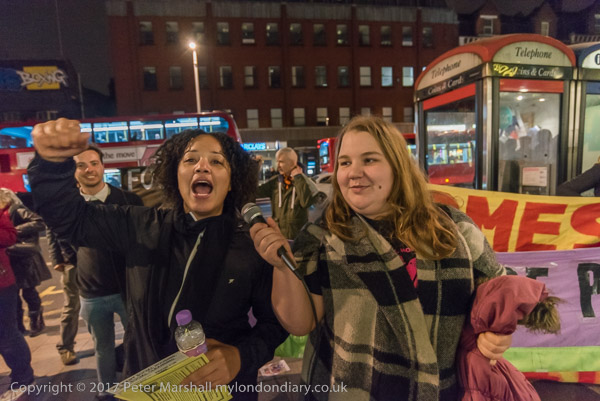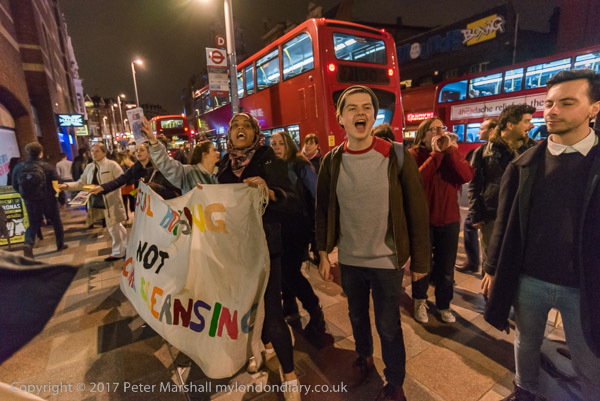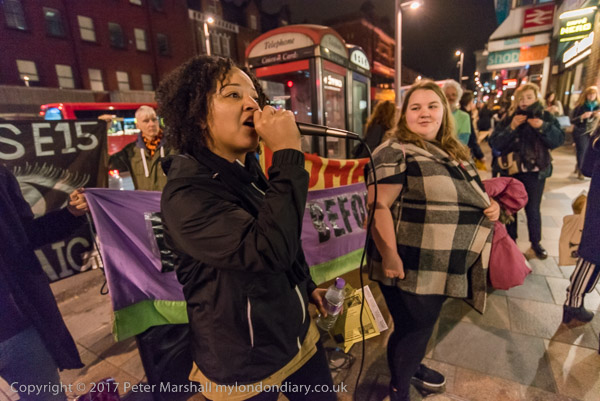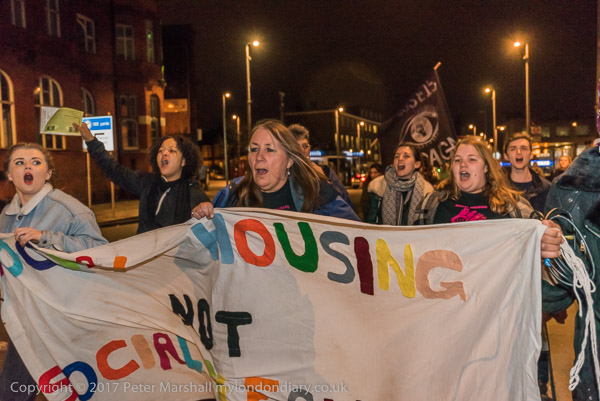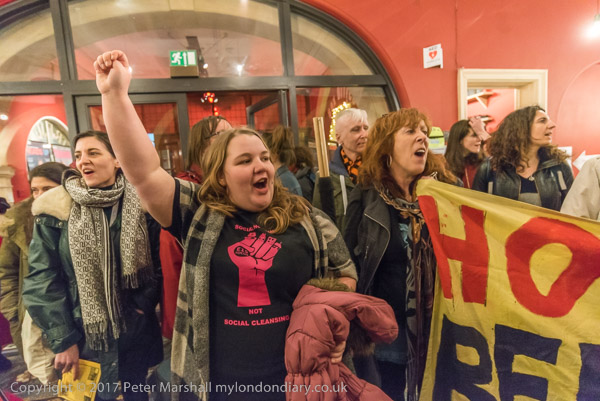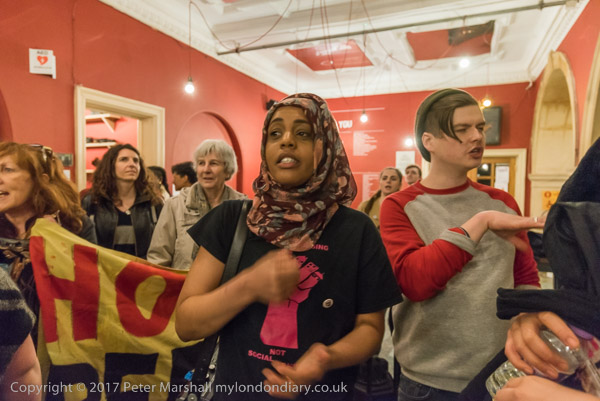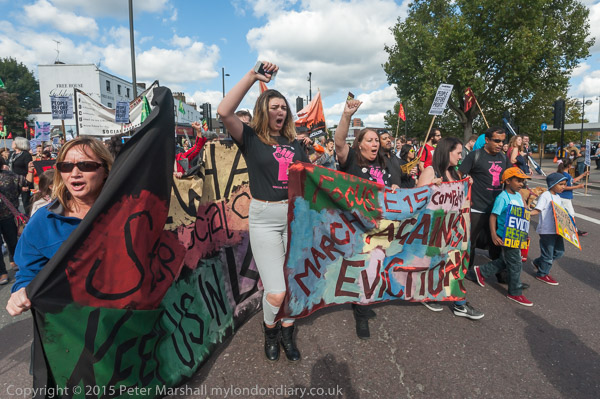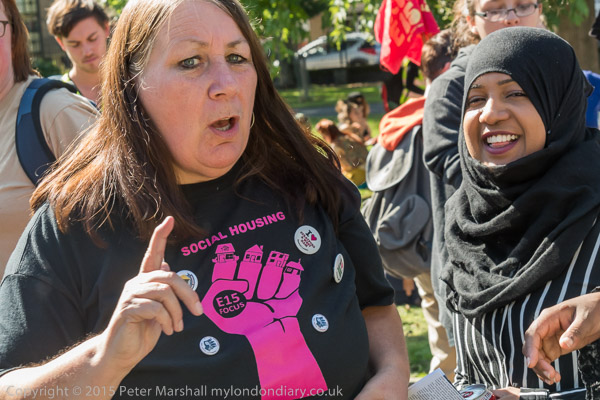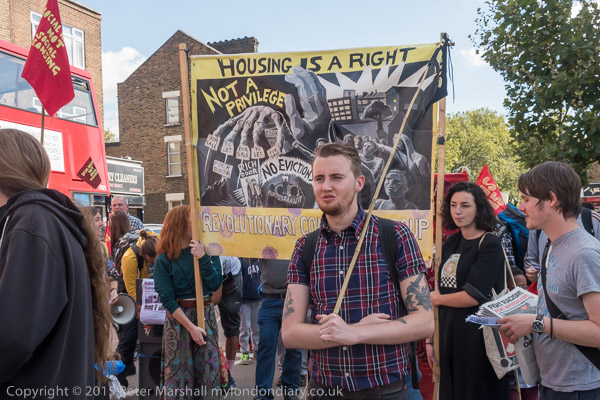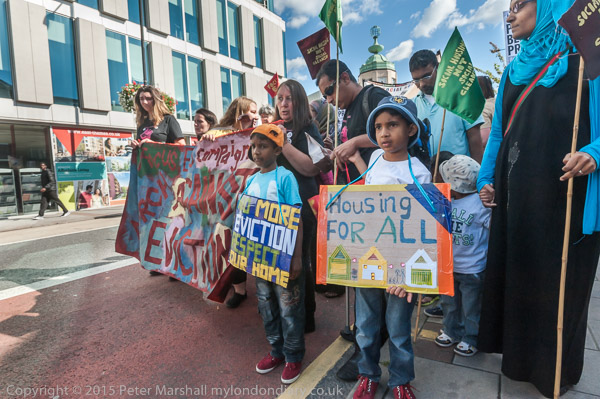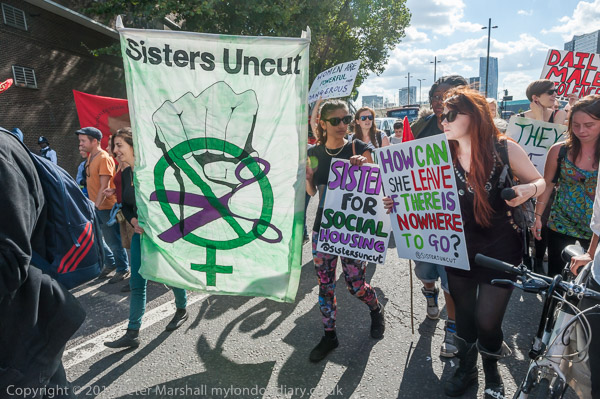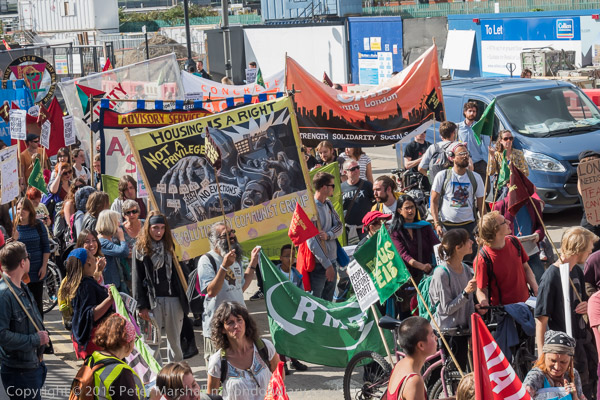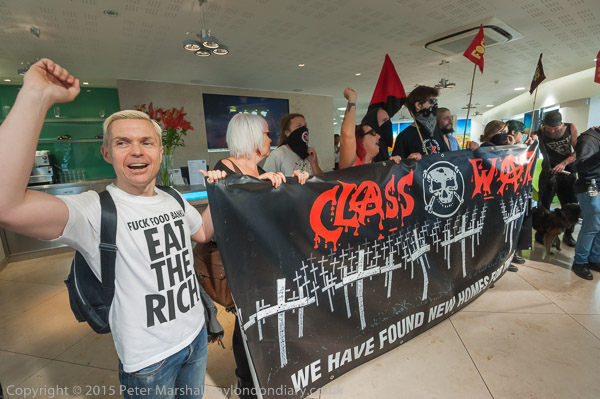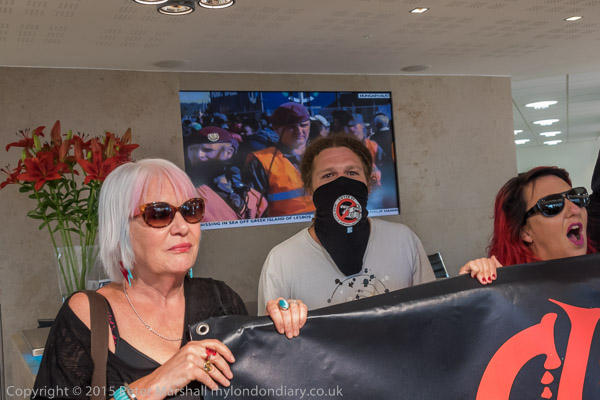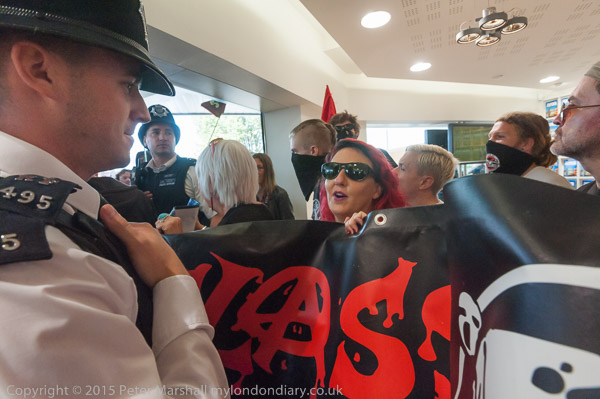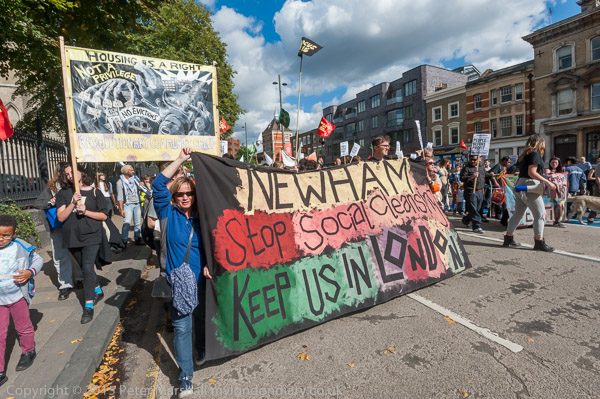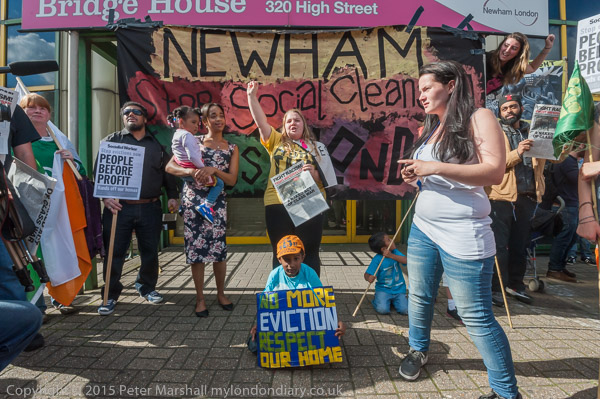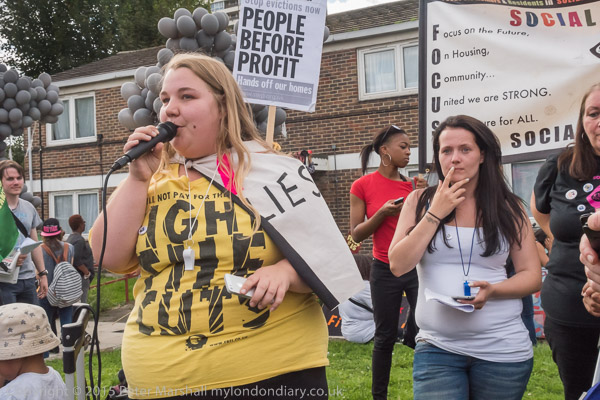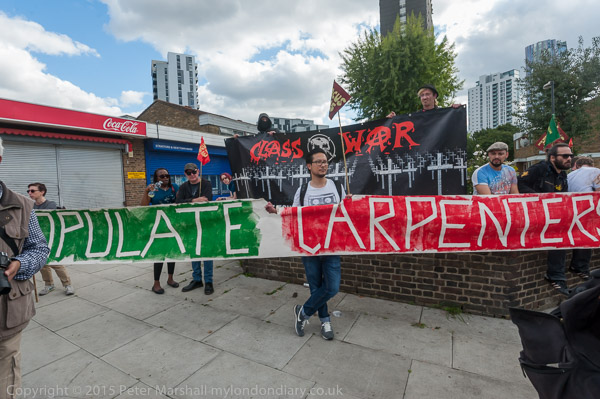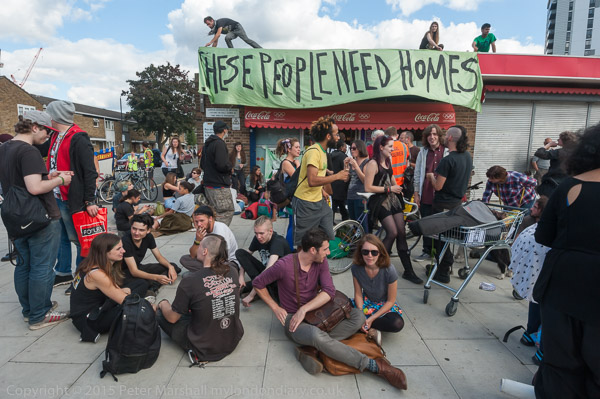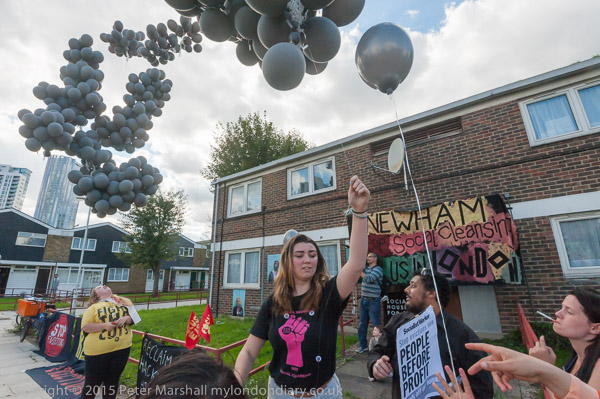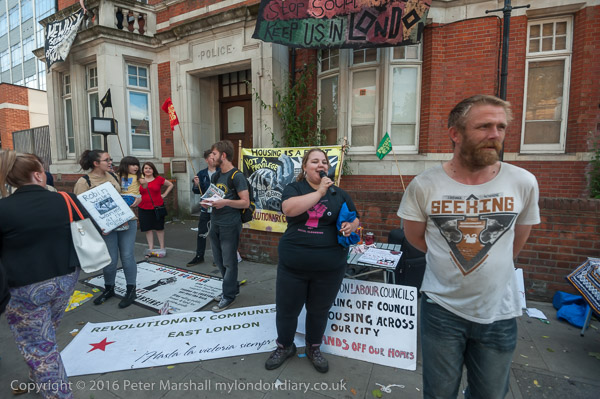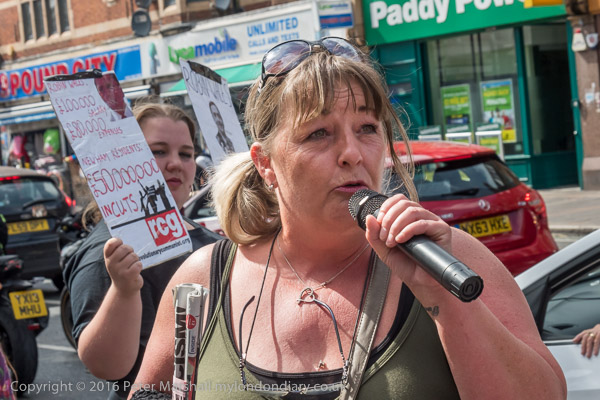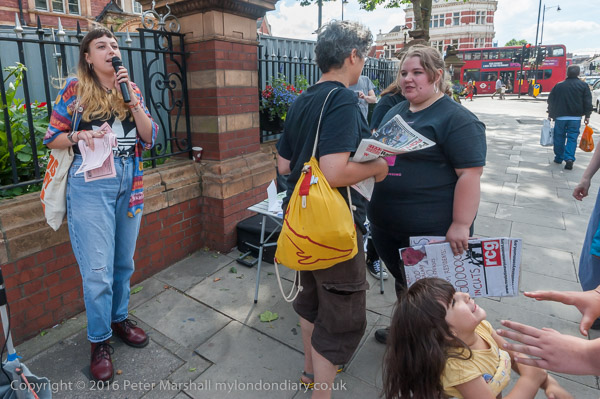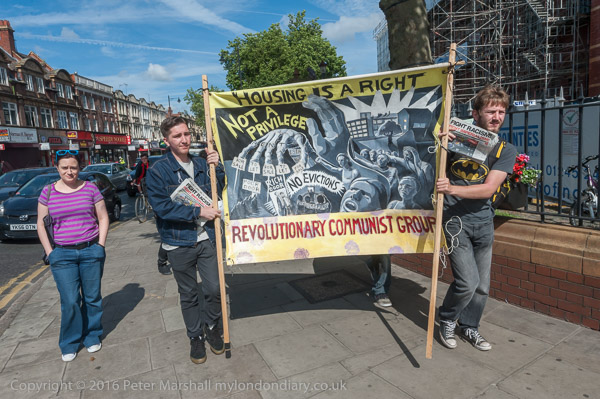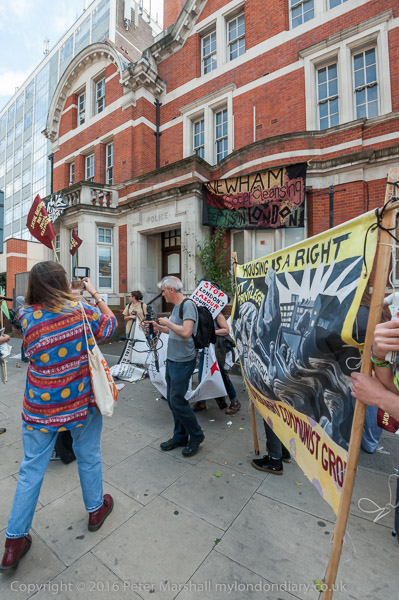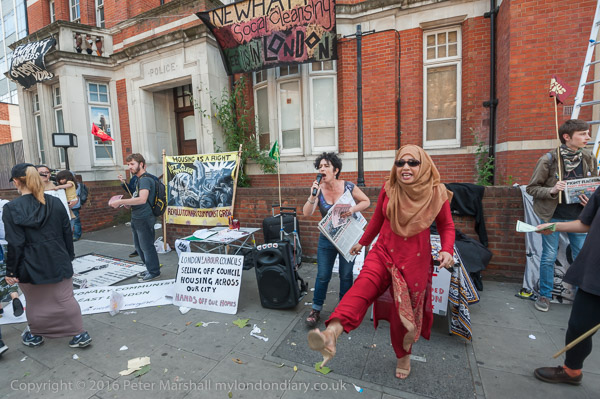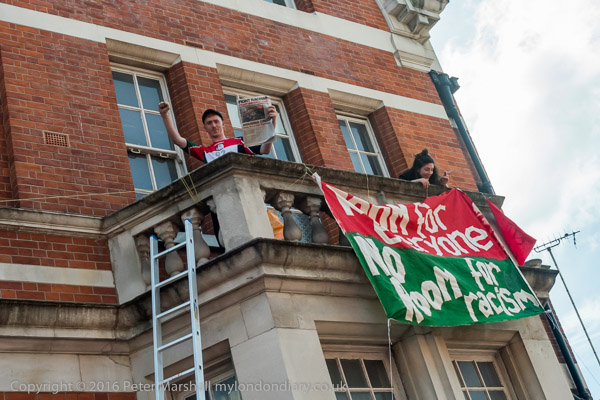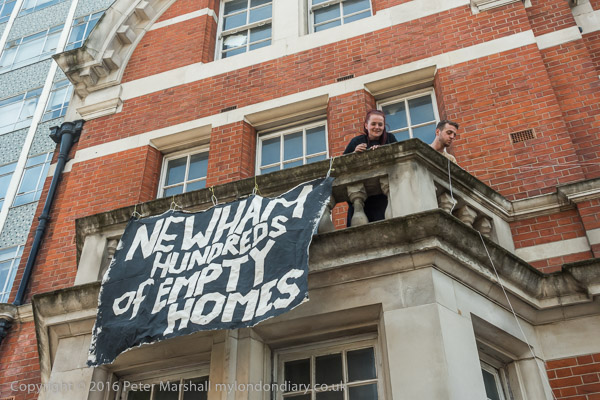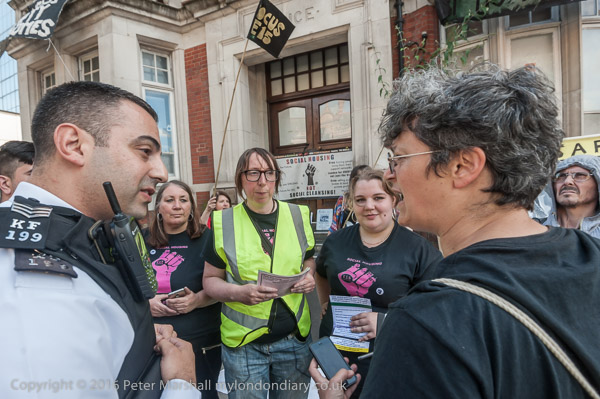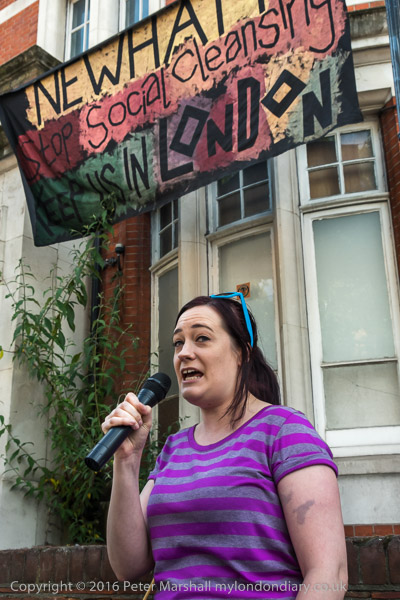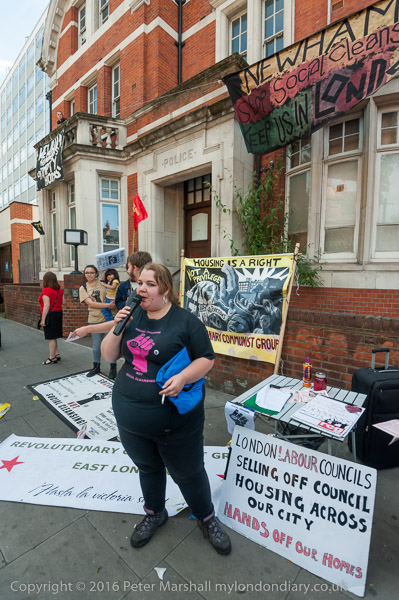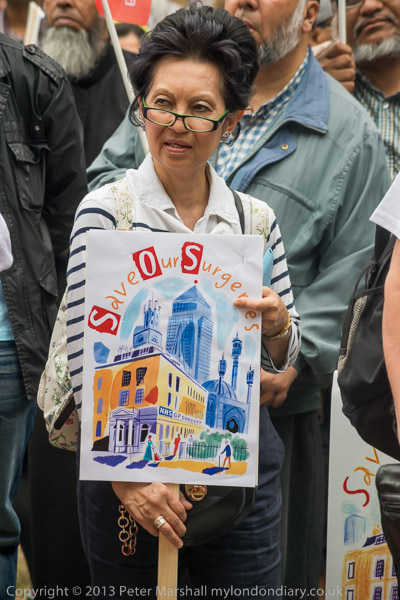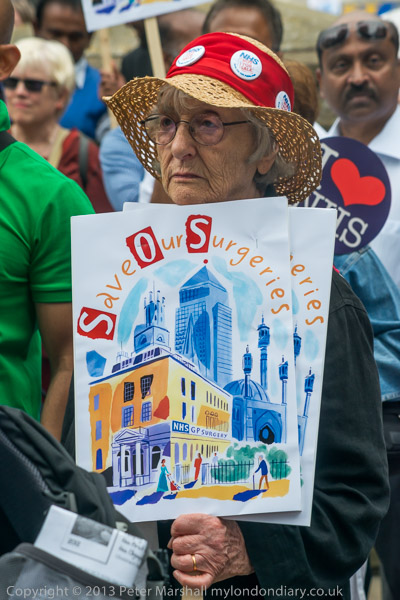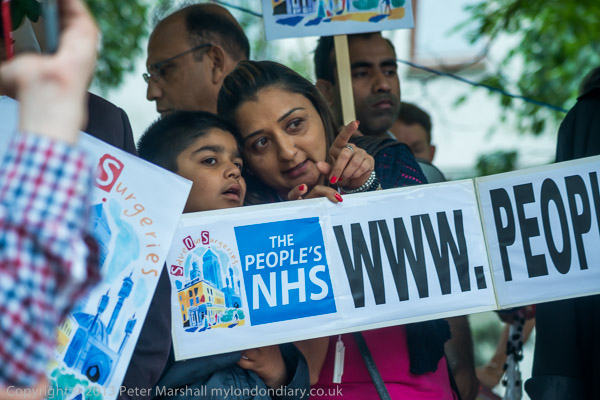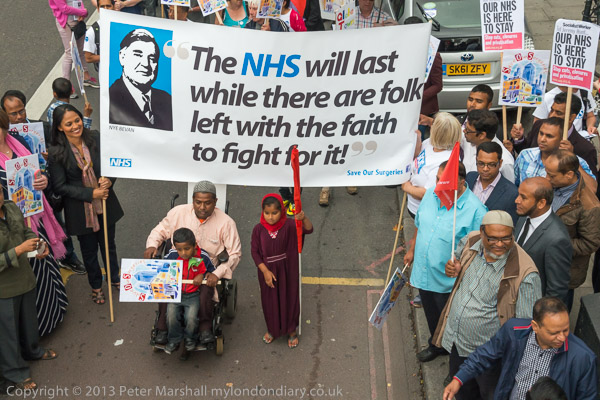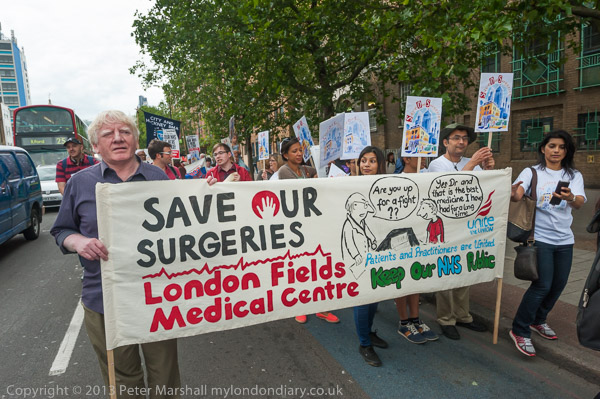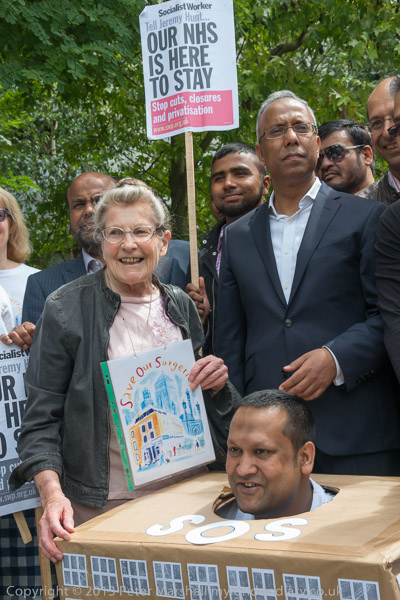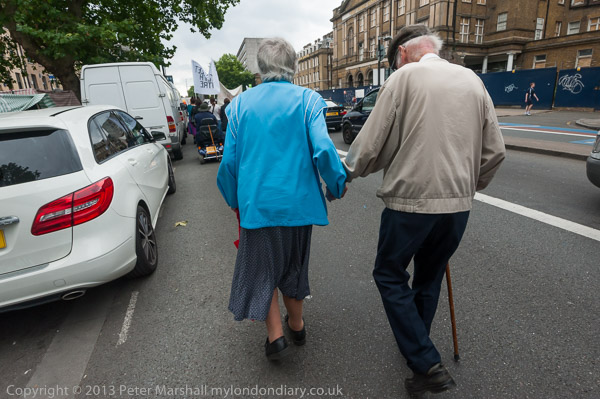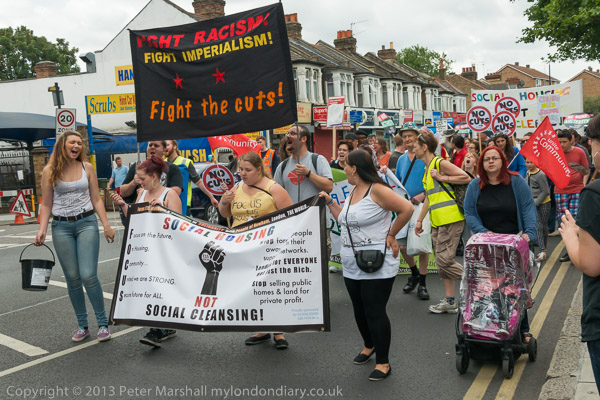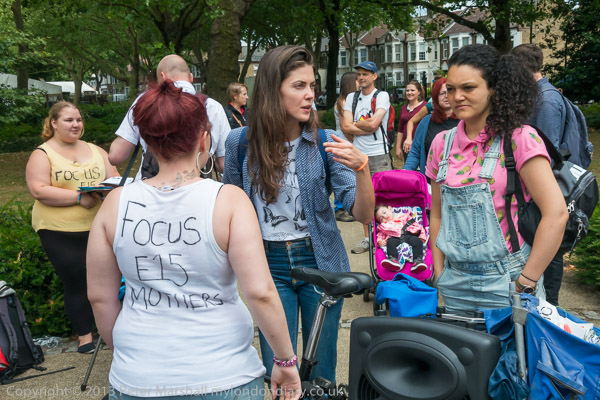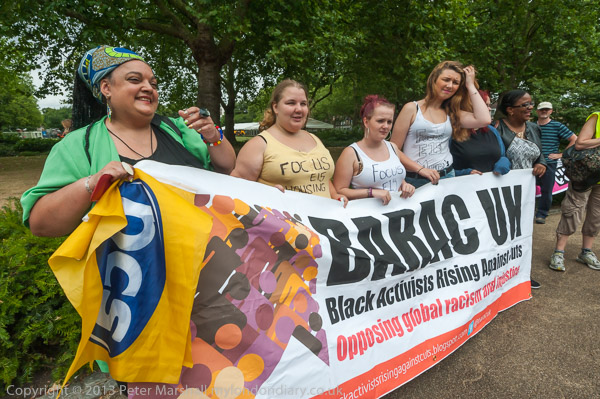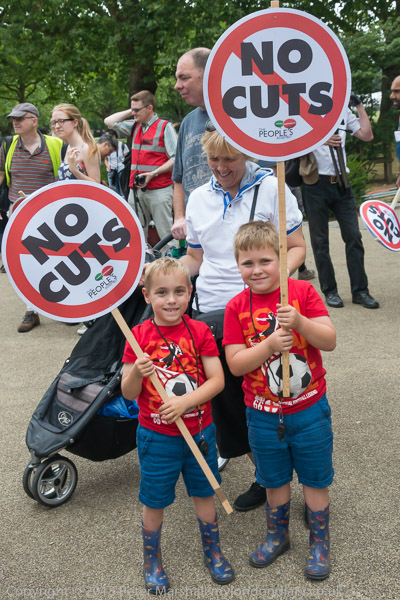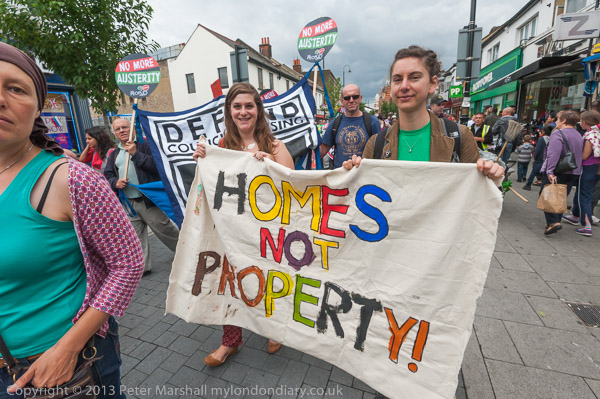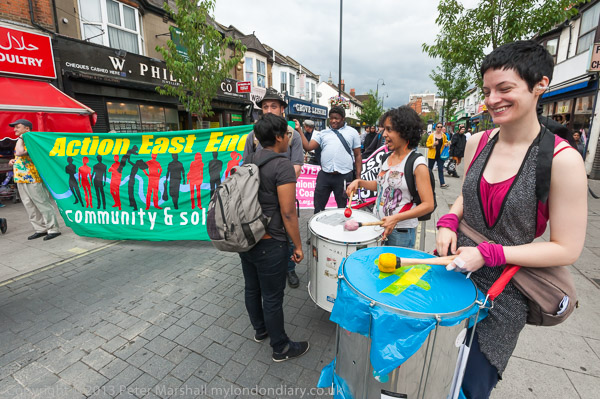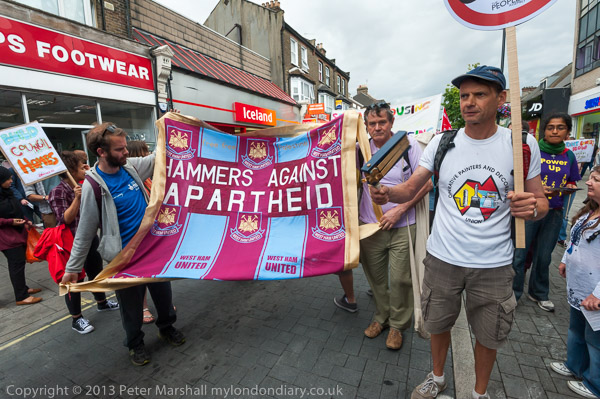Focus E15 Mothers Party Against Eviction: Ten years ago today, on Friday 17th January 2014 I went to Stratford to photograph and support mothers threatened with eviction from their hostel.
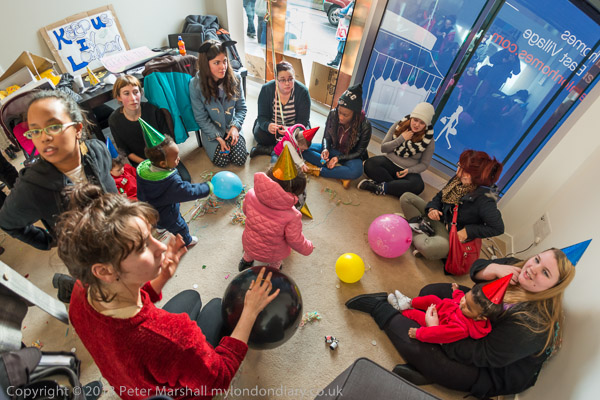
Focus E15 Mothers Party Against Eviction – East Thames Housing, Stratford
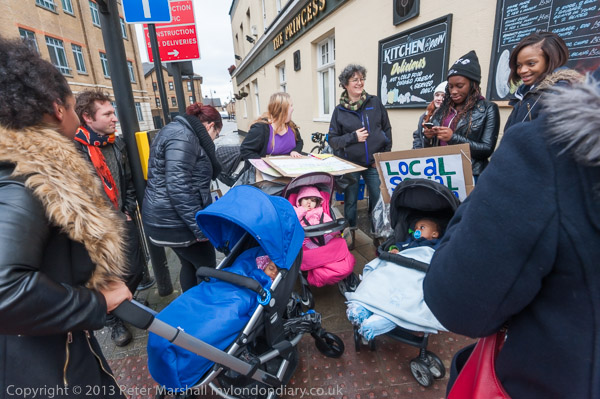
The eviction threat came when Newham Council withdrew funding from the Focus E15 Foyer run by East Thames Housing Association. Rather than accept the evictions and be rehoused by the council in private rented flats in far-flung areas of the UK – including Wales and Liverpool, the women in the hostel decided to join together and fight.
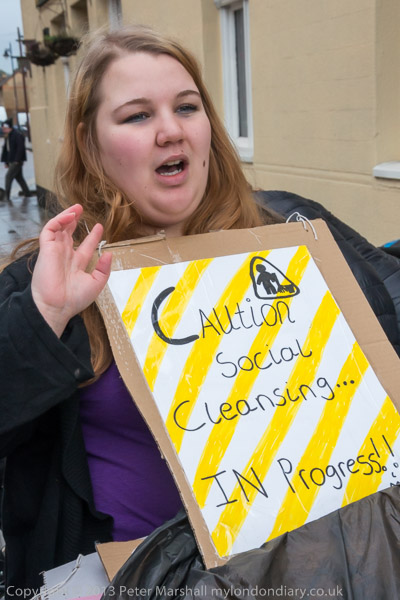
They fought to be rehoused near to friends, families and support including nurseries close to their local area to avoid distress and dislocation for themselves and their children – and eventually they won.
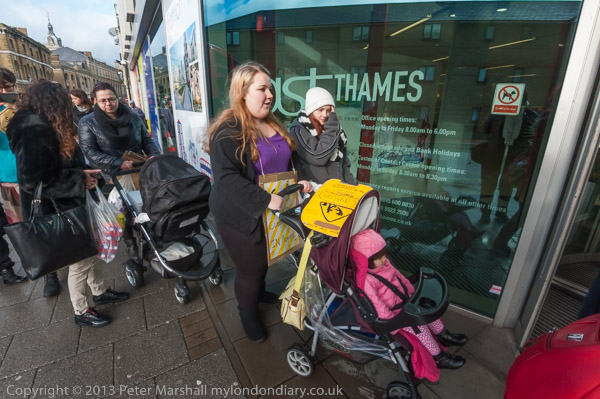
The fight by Focus E15 brought national publicity to the scandals around local authority housing, and was a inspiration to others around the country. They continue their fight with their ‘Housing For All‘ campaign and remain an active campaign against evictions in Newham, including a weekly street stall every Saturday on Stratford Broadway.
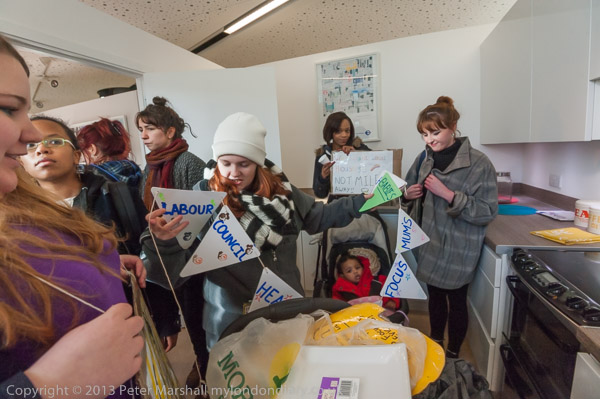
Their campaign against Newham Council and its right-wing Labour Mayor Robin Wales who seemed to regard the London borough as a personal fiefdom led to some devious and at times illegal attempts to silence them and was almost certainly a factor in fomenting the revolt by Labour Party members that eventually led to him being deposed. Though his replacement as Mayor, Rokhsana Fiaz, is perhaps only a slight improvement.
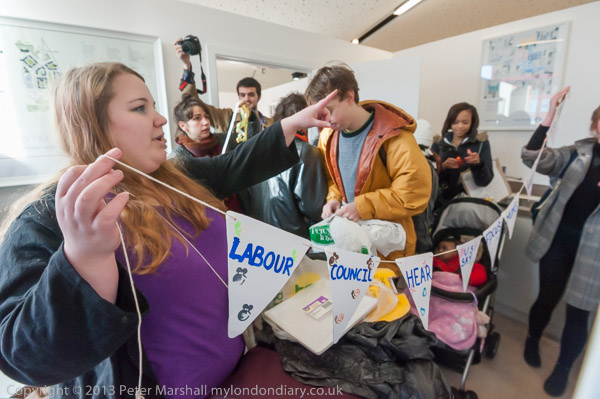
All local authorities have suffered under cuts by central government, and in particular attacks on social housing provision, begun under Thatcher and continued by all governments since. The cuts made by the Tory-led coalition following on from the financial crash of 2008 tightened the screw on them still further.
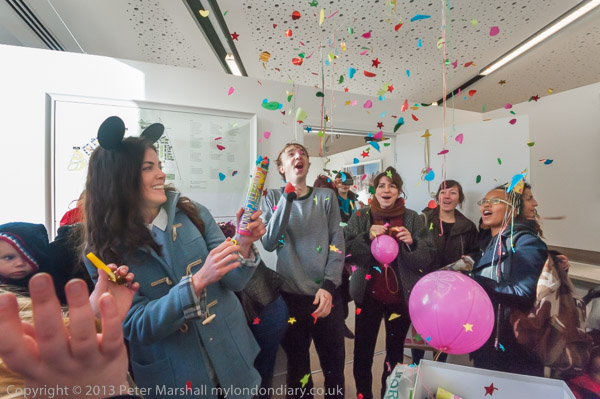
Newham under Robin Wales appears to have decided that they needed to attract a wealthier population to the area and get rid of some of their existing population and had decided in the early 2000s to sell off a well-located and popular council estate close to the centre of Stratford to whoever they could. They began the process of ‘decanting’ people from the Carpenters estate around 2004, with many properties being left empty for years despite having – together with Lambeth – the largest housing waiting lists in Greater London – around 3.5 times the average among London authorities.
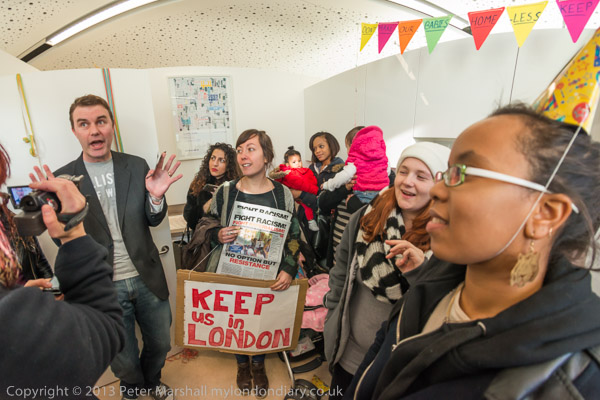
One of the Focus E15 slogans was ‘Repopulate the Carpenters Estate’ and it was in part due to their actions, alongside those of other campaigners, that the estate was not sold off and demolished. The estate is now being regenerated by the council although Focus E15 find much to criticise in the council’s plans.
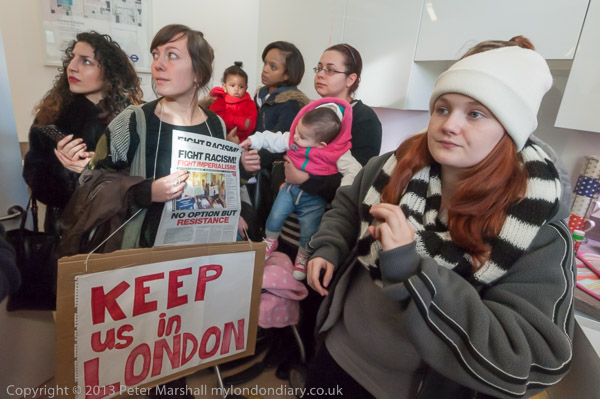
The Focus E15 had begun in September 2013 and the action ten years ago was one of their earliest. I met with them and supporters, including those from the Revolutionary Communist Group, on a street corner near the offices of East Thames and walked with them into the large foyer, where they posed for a photograph for one of the local newspapers.
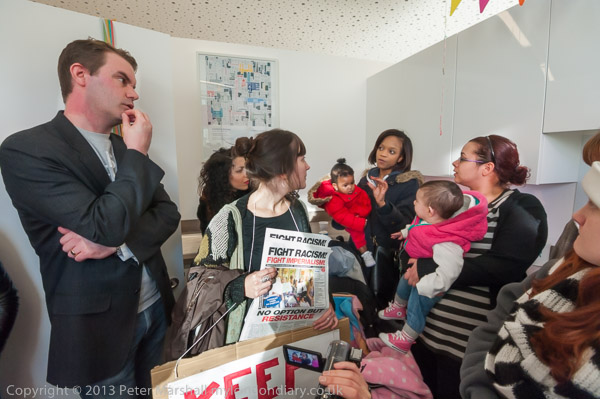
Then some of the mothers and children moved into the show flat at the front of the offices, with others remaining on the street outside with banners and placards, handing out leaflets to people walking by and using a megaphone to explain why the mothers were protesting.
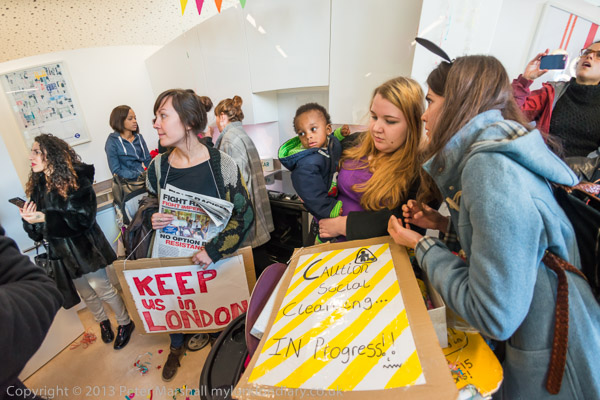
The member of East Thames staff who had been dealing with the mothers came to talk with them. He assured them that they would be allowed to remain until satisfactory accommodation had been found for them.
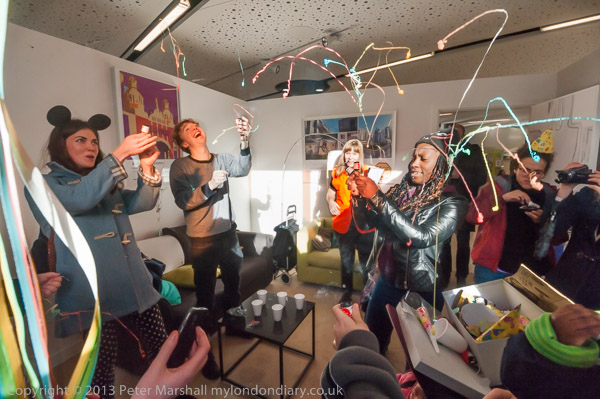
The mothers pointed out that East Thames had large numbers of homes available, including many on the former Olympic site in Stratford, but were told that East Thames could not allocate affordable properties directly, but had to work with Newham council.
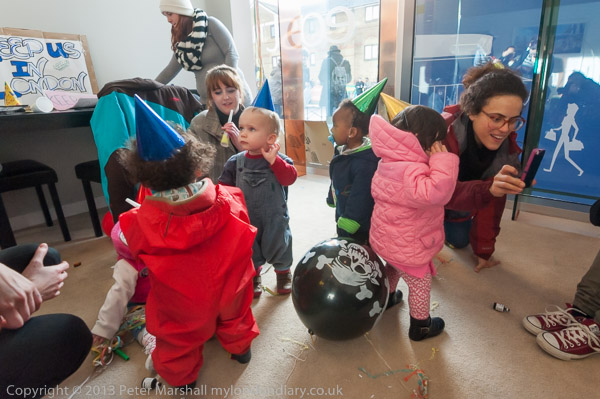
He seemed genuinely suprised to hear from the mothers that Newham had made offers involving rehousing away from London, in Hastings, Birmingham and elsewhere, away from friends, families, colleges, nurseries and support networks, and stated that East Thames intended to see them rehoused in London.
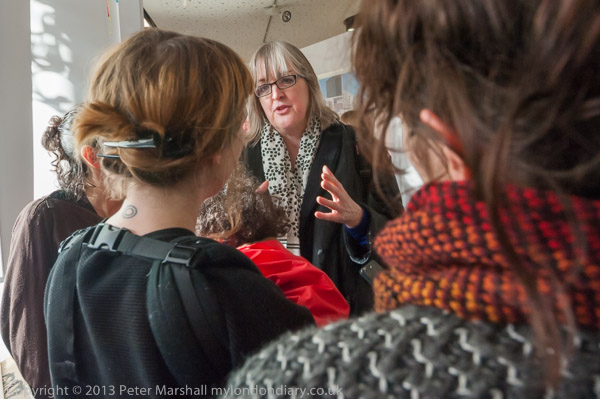
Later the Group Chief Executive of East Thames, June Barnes arrived and talked with the mothers telling them the same. East Thames seemed clear that the real problem was with Newham Council and not with them, though the campaigners were not really convinced.
You can read a longer account of the protest and party with many more pictures on My London Diary at Focus E15 Mothers Party Against Eviction.
Flickr – Facebook – My London Diary – Hull Photos – Lea Valley – Paris
London’s Industrial Heritage – London Photos
All photographs on this page are copyright © Peter Marshall.
Contact me to buy prints or licence to reproduce.
